

Partition and later the Two-State Solution have been wielded by Israel to covet and annex as much Palestinian land as possible with the least amount of Palestinians.
Before 1948, Palestinian Leadership repeatedly advocated for a Unitary Binational State for decades.
The Concept of Transfer 1882-1948
Palestinian Arab Congress advocating for Unified State 1928
Arab Higher Committee advocating for Unified State 1937
Arab League advocating for Unified Binational State 1948
After the founding of Israel, the Two-State Solutions were utilized to further annex the Palestinian Occupied Territories and enact military control over Palestinians while denying them human and civil rights. Despite this, both Fatah and later Hamas have accepted a Two-State Solution on the 1967 borders, with the two most important factors being the Right of Return of Palestinian refugees and an end to the permanent occupation.

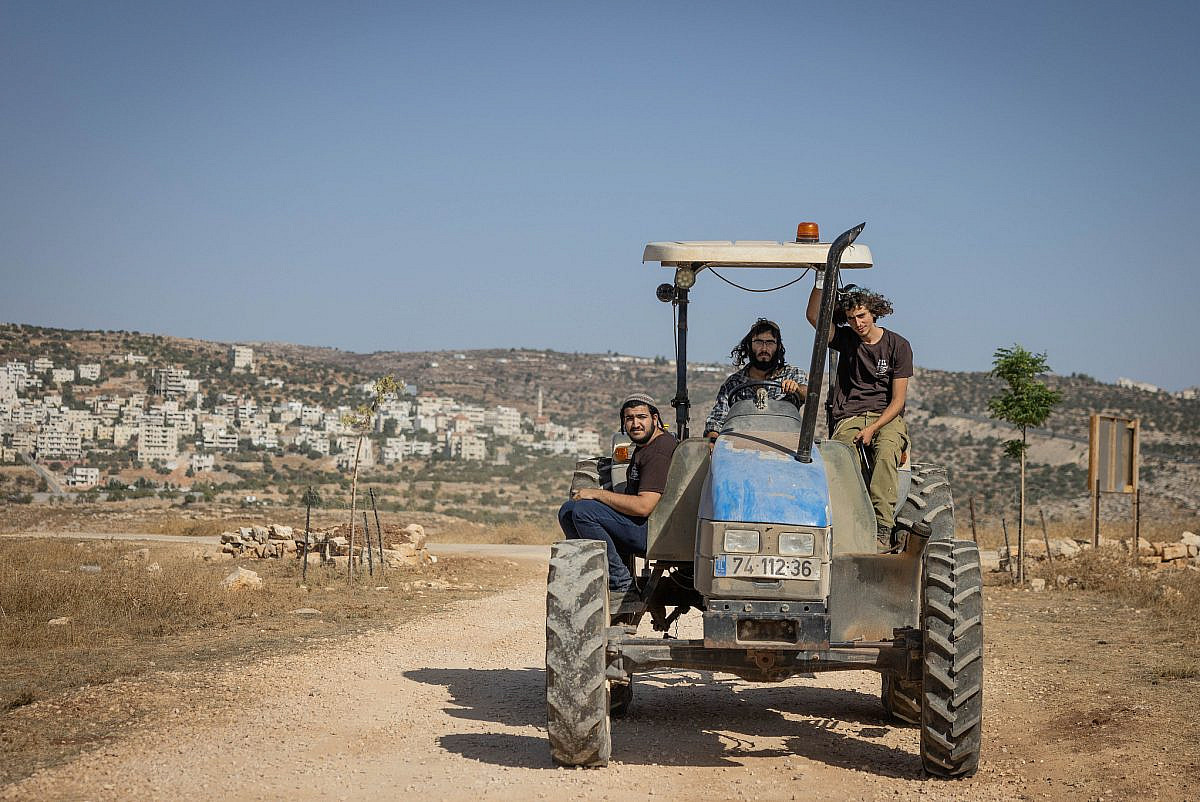


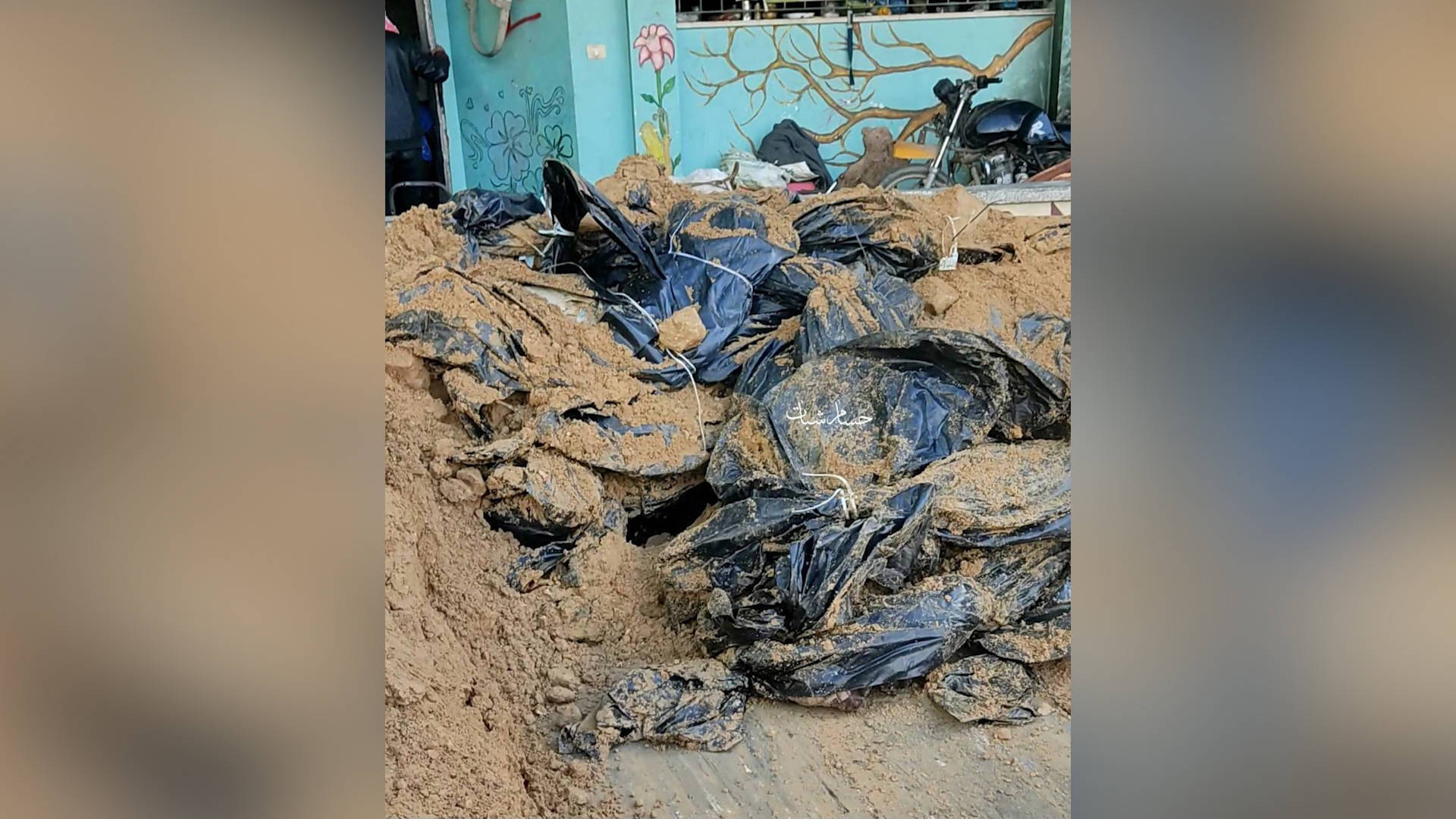
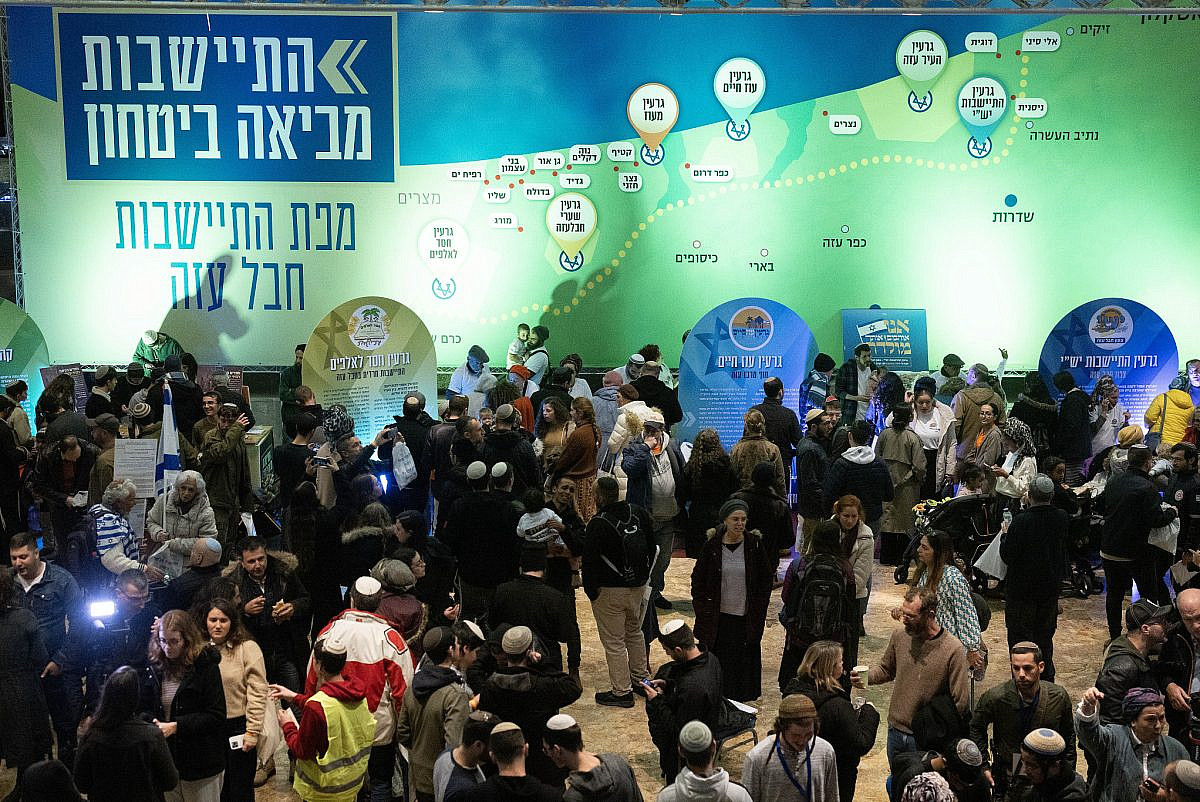


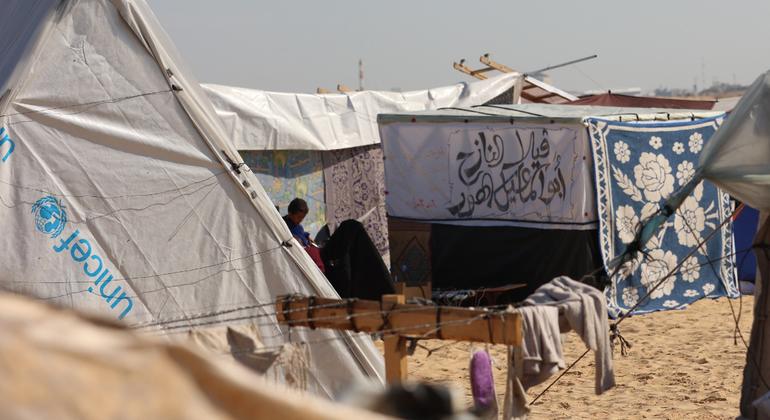
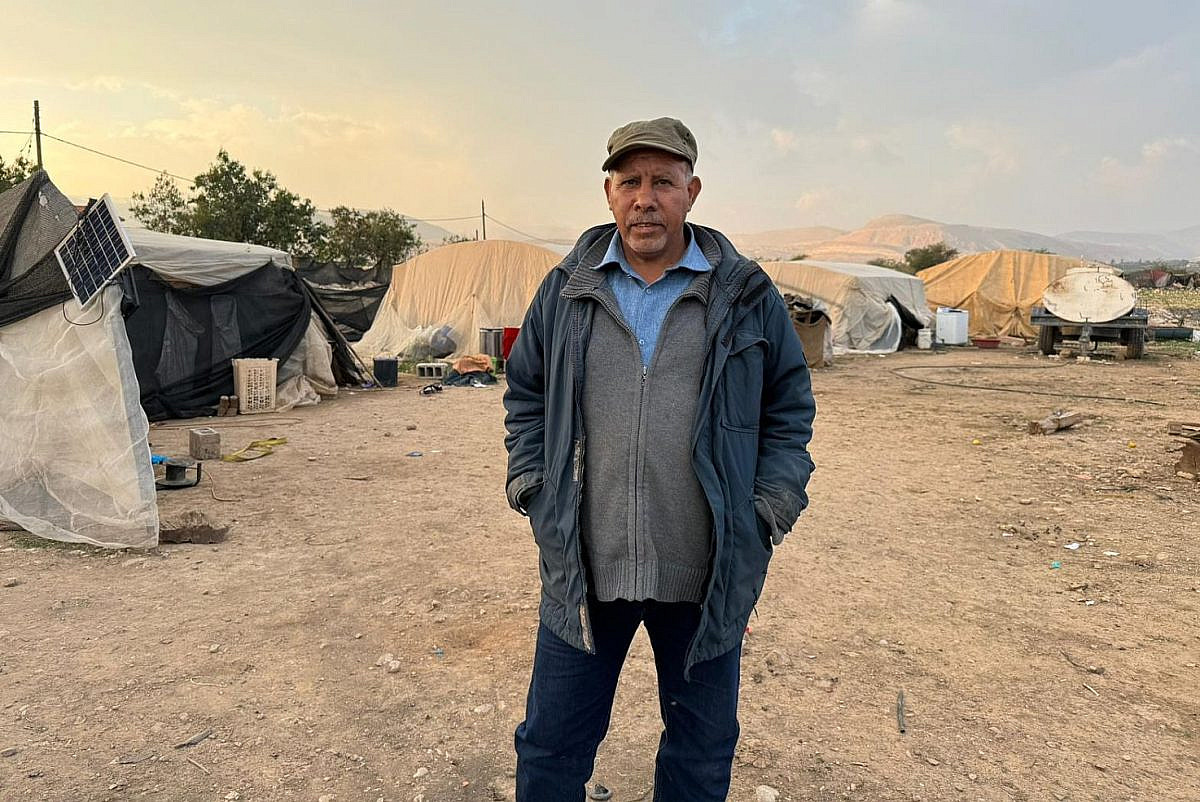


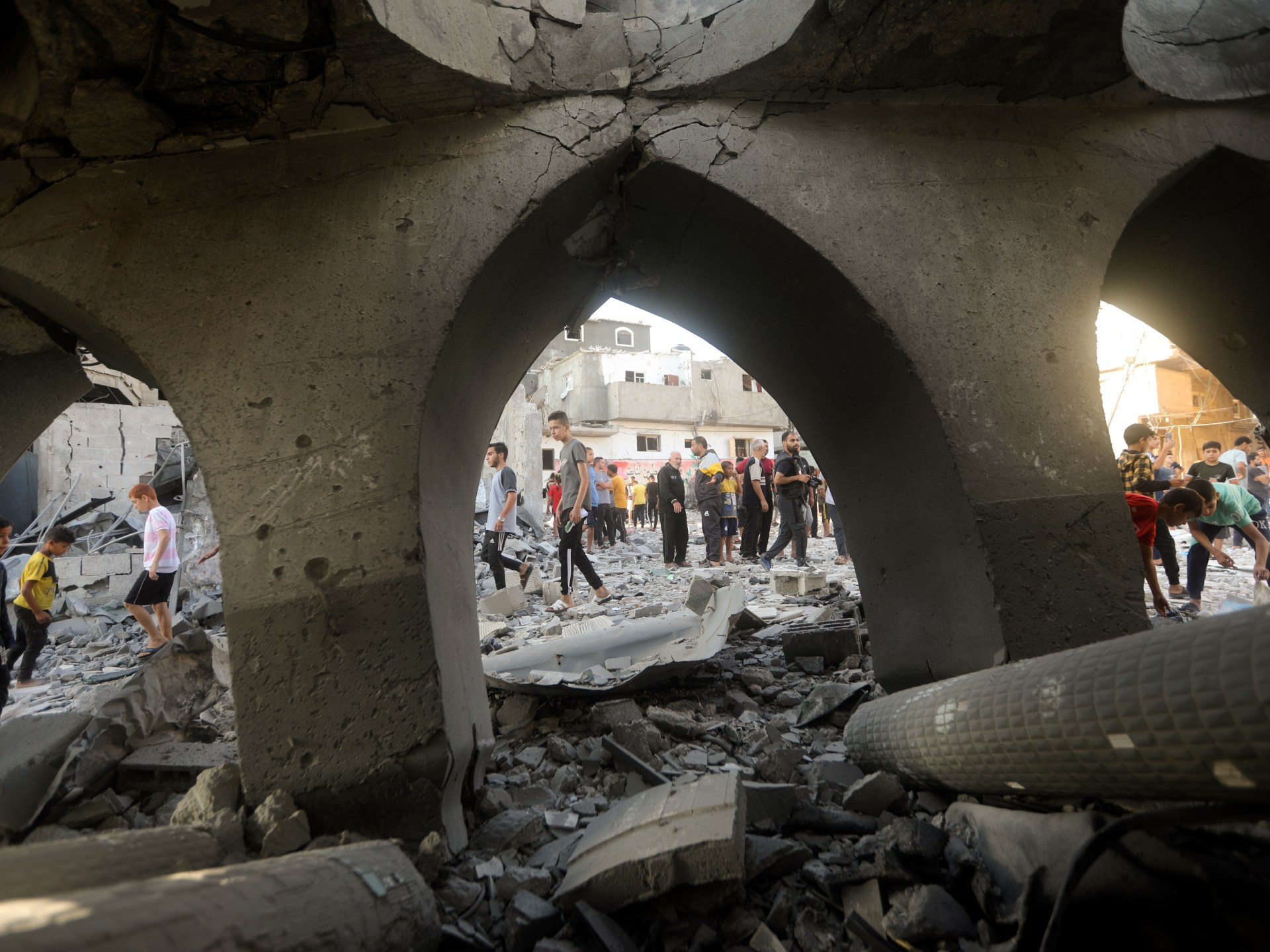

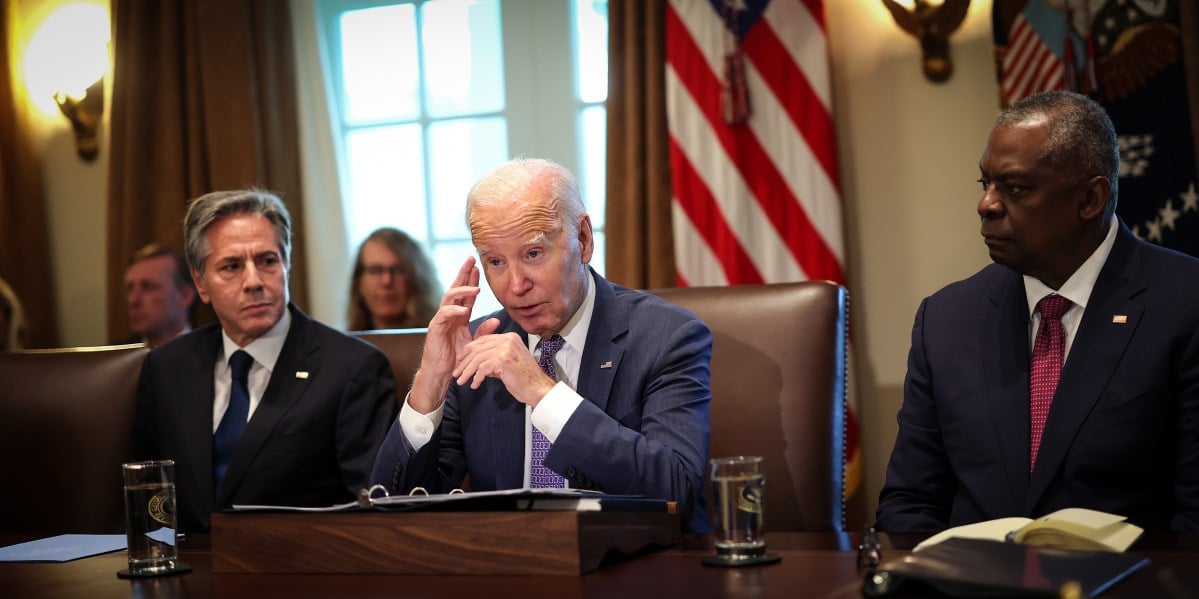

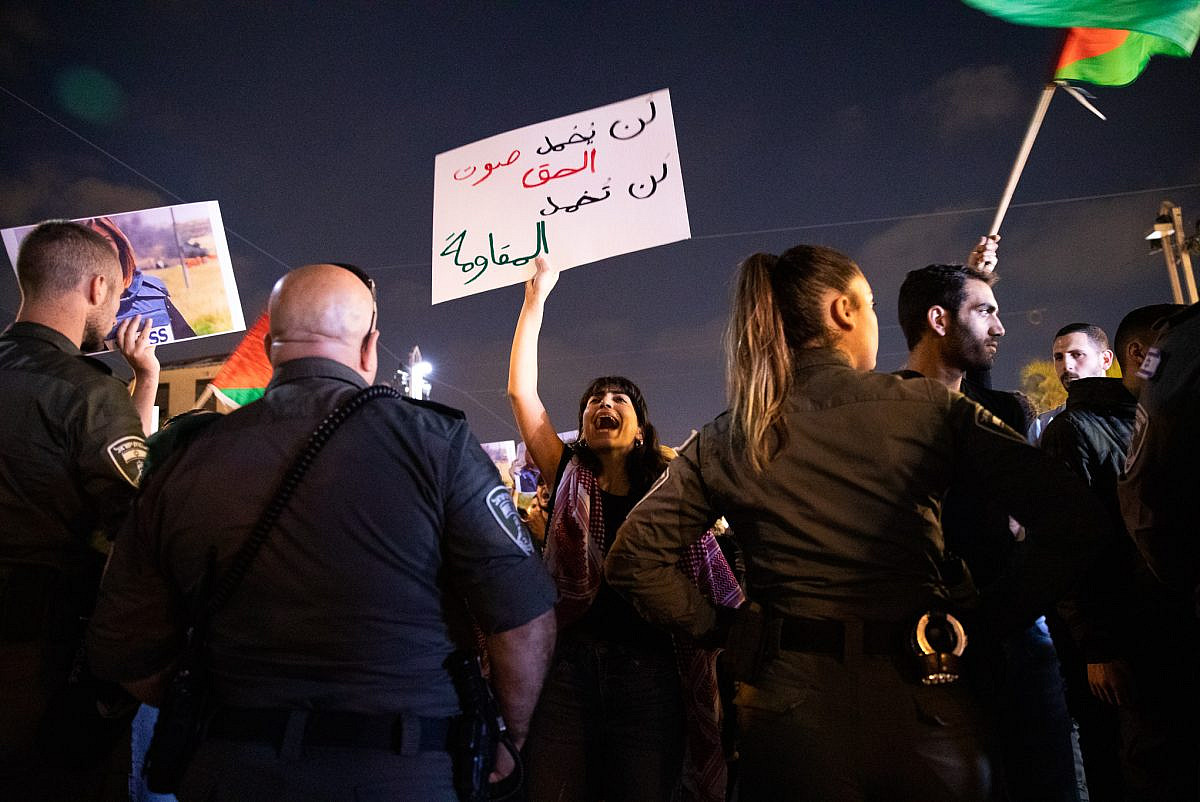
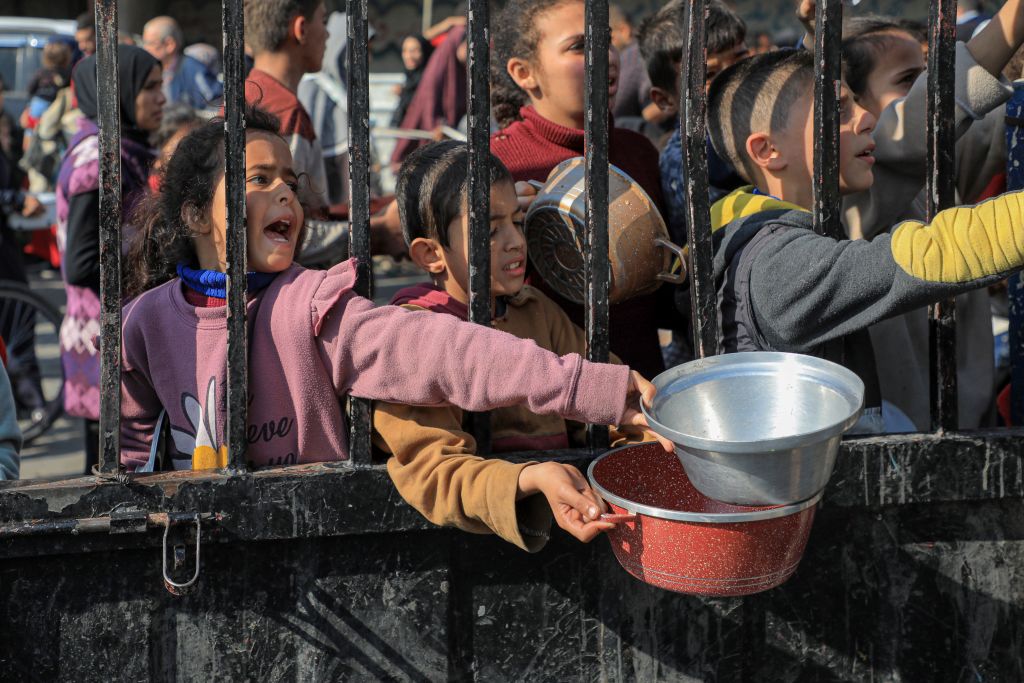
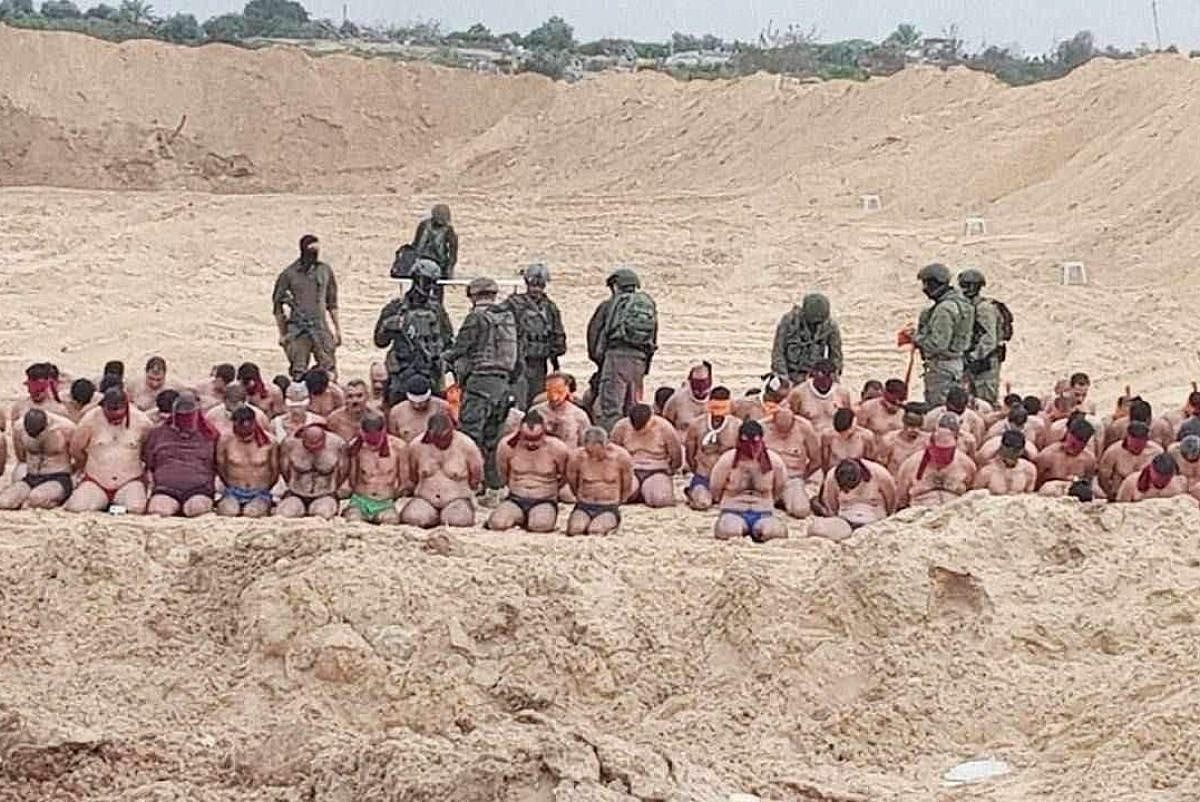

Palestinians live under Israeli Occupation and 50 years of dispossession. Palestinians are denied civil rights and subject to Military Court
At the mercy of Settler Violence, Torture and Abuse in Interrogations, have No freedom of movement, and also denied Water stolen and extorted by the occupying forces.
Palestinian Labor is also heavily exploited as they have no workers rights either: Haaretz, MEE, 972, CMEC
Gaza is under control by Israel’s Blockade which is still internationally recognized as Occupation.